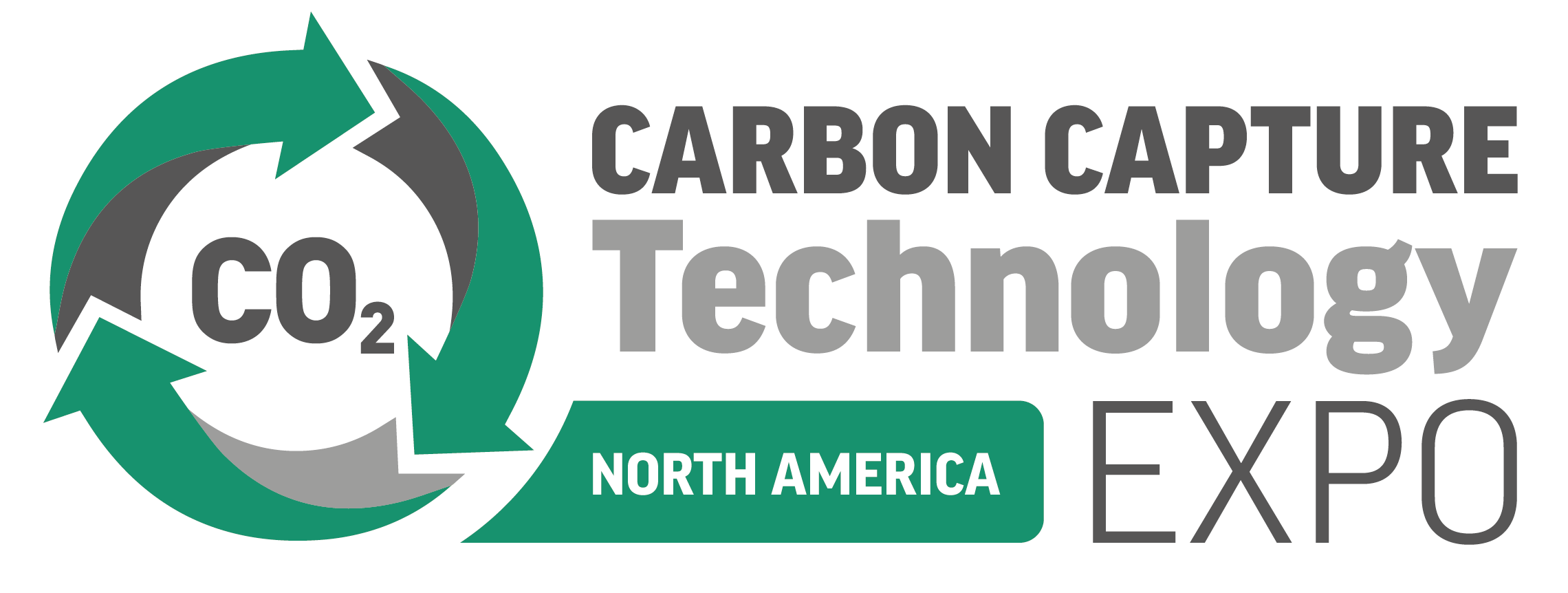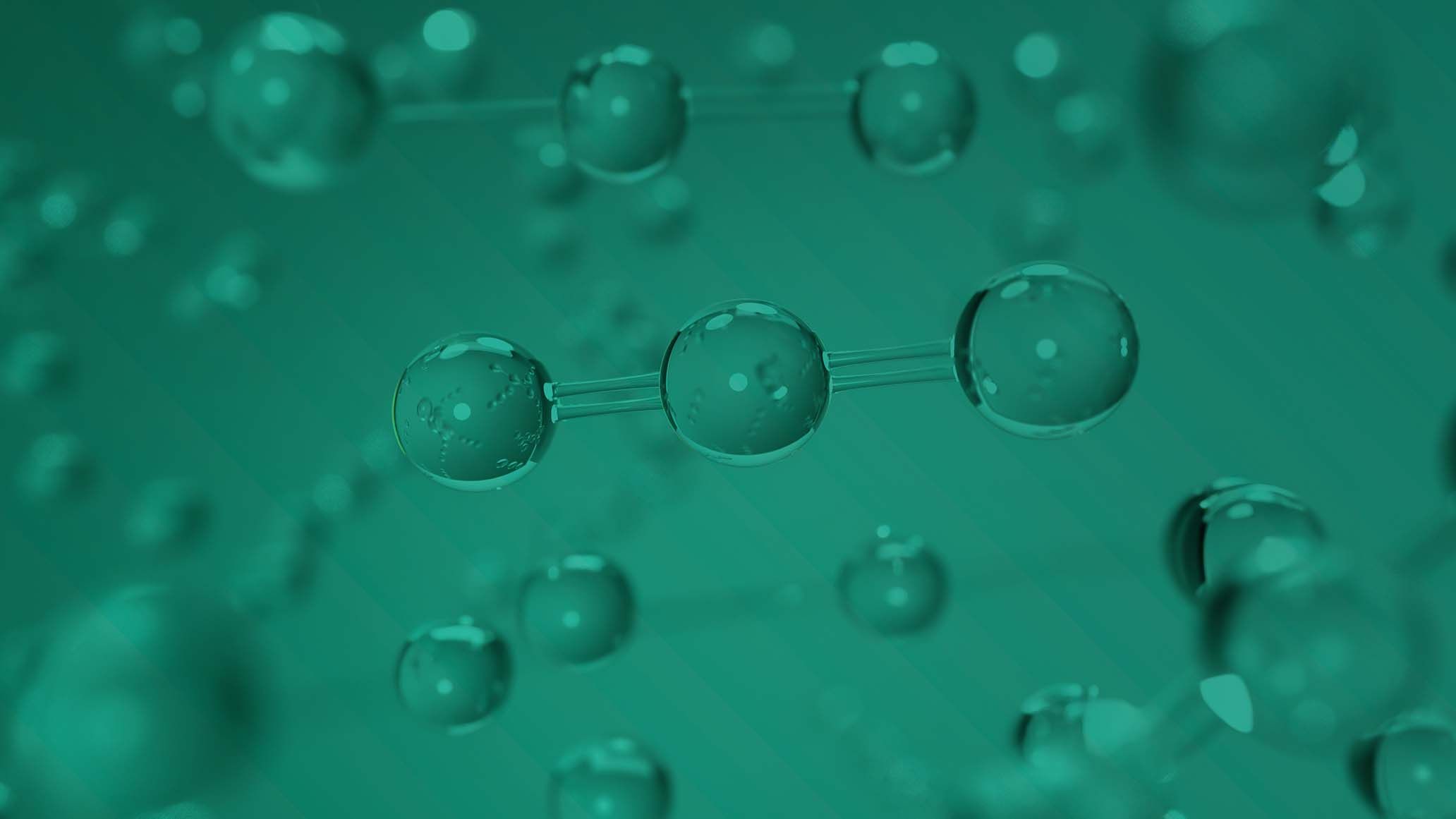A columnless carbon capture system has been created by Carbon Clean
)
The newly developed Cyclone CC C1 series operates through the use of rotating Packed Bed (RPB) technology and it works like this with the intention of replacing every column that is used within a conventional plant. The aim behind this is to find a way of effectively reducing the amount of steel that is required by 35%.
Right now, this innovative technology is available in concentrations which range from 3% to 20% and it has the ability to capture a maximum of 100,000 tonnes of CO2 on an annual basis. Every unit that the company has produced, is completely modular and columnless and is capable of achieving a height reduction of 70% when it is compared to conventional solutions. On top of this, the unit footprint is up to 50% smaller in comparison to conventional carbon capture plants. This was made possible through its largest equipment sizes being reduced by a factor of ten.
The company stated that, ‘Each unit is prefabricated, skid-mounted and delivered on road truckable modules, cutting the costs associated with transport, logistics, site preparation and installation; the total installed cost is up to 50% less compared to conventional solutions.’
Furthermore, it has been made clear that first-mover customers of the CycloneCC C1 series will be given the opportunity to influence the development of the fully commercialised product, whilst simultaneously experiencing the benefits of tangible decarbonisation results. Plus, any early adopters will be priority customers for the fully commercialised product once it is able to be rolled out at scale.
Carbon Clean stated that, ‘more than 50% of industrial emitters lack the space required to deploy conventional carbon capture plants. With its space-efficient design, CycloneCC C1 offers a viable, cost-effective route to decarbonisation, particularly for small-to-midsize emitters. CycloneCC C1 is also ideal for emitters of all sizes looking to deploy carbon capture units across multiple flue gas emission sources.’
Co-founder and Chief Technology Officer of Carbon Clean, Prateek Bumb, commented, “The launch of the CycloneCC C1 series is a major milestone in the technology’s commercialisation. Repeatability is key to mass adoption, as demonstrated with solar panels and EV batteries. Carbon Clean is leading a similar transformation through eliminating the columns used in conventional carbon capture solutions. Delivering fully modular, columnless, replicable units with a substantially smaller footprint is a technological breakthrough. CycloneCC’s ‘Lego-block,’ ‘plug and play’ design makes it simple and cost-effective to install, making carbon capture financially and logistically viable to be deployed at scale. First-mover customers and early adopters will have the advantage of tangible decarbonisation results while benefiting from a staggered approach to capital investment due to CycloneCC C1’s modular design.”
The company also said that, ‘At the heart of CycloneCC C1 is the breakthrough combination of two process intensification technologies: rotating packed beds (RPBs) and Carbon Clean’s proprietary APBS-CDRMax solvent. The first-of-a-kind (FOAK) technology application of RPBs to a carbon capture plant is a gamechanger for the sector. Using RPBs to replace the columns used in conventional carbon capture solutions both reduces the size of the plant and accelerates the mass transfer process, increasing CO2 absorption.’
Finally Carbon Clean added that, ‘its high-performing APBS-CDRMax solvent achieves substantial OpEx savings through outperforming the industry standard solvent. APBS-CDRMax lowers energy demand by 10-25%, reduces corrosion by a factor of 20, decreases degradation by a factor of 10, and has a lifespan that is five times longer than conventional solvents.’



)
)
)
)
)
)
)



)
)
)
)
)
)
)
)
)
)
)
)
)
)

)

)
)
)

)
)
)
)
)
)
)
)
)
)
)

)

)
)
)
)
)
)
)
)
)


)
)
)

)
)
)

)
)
)
)
)

